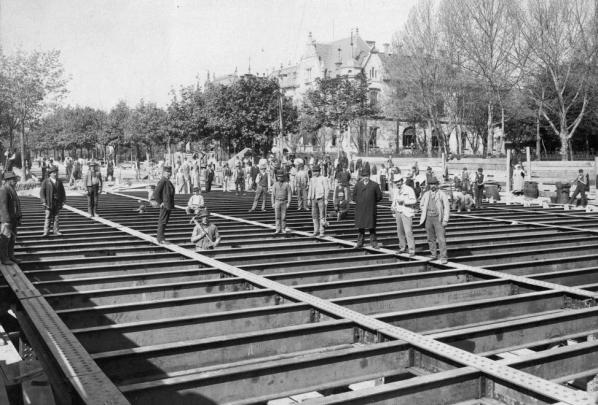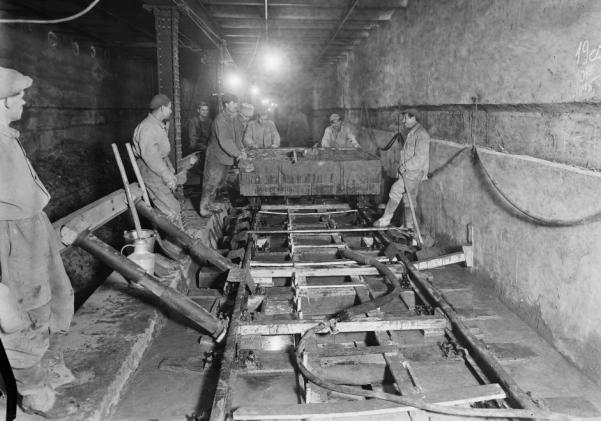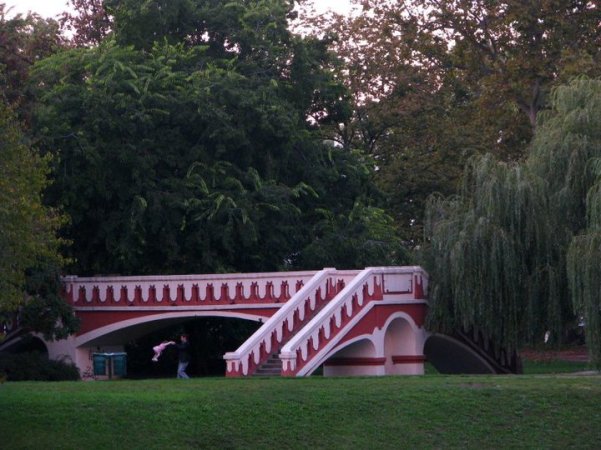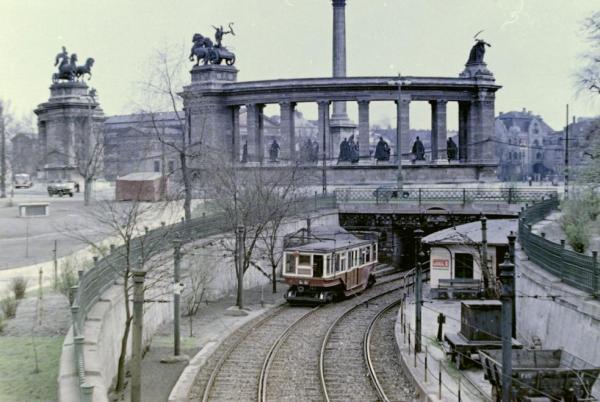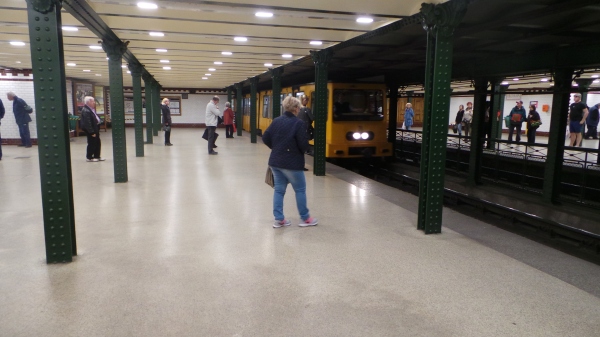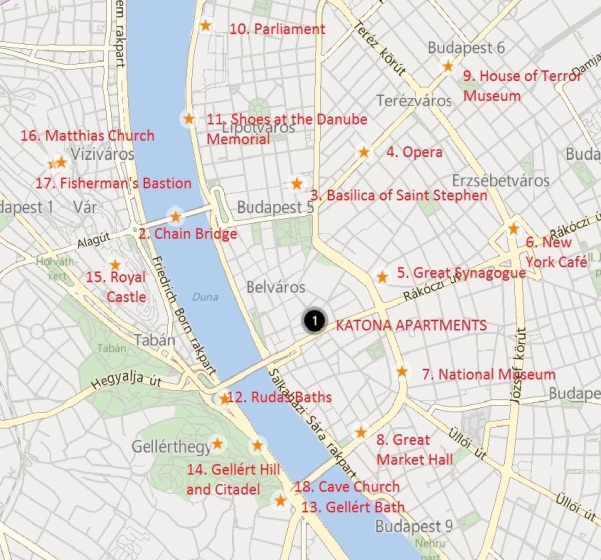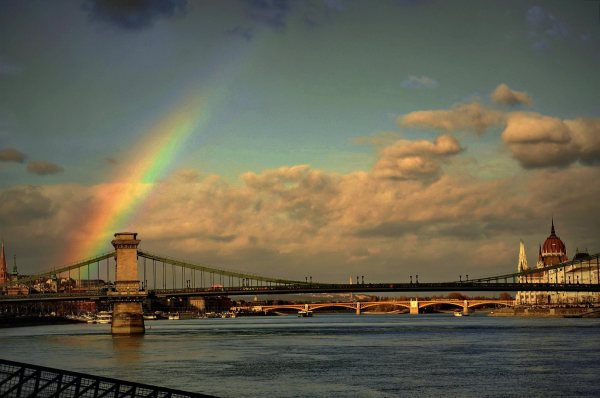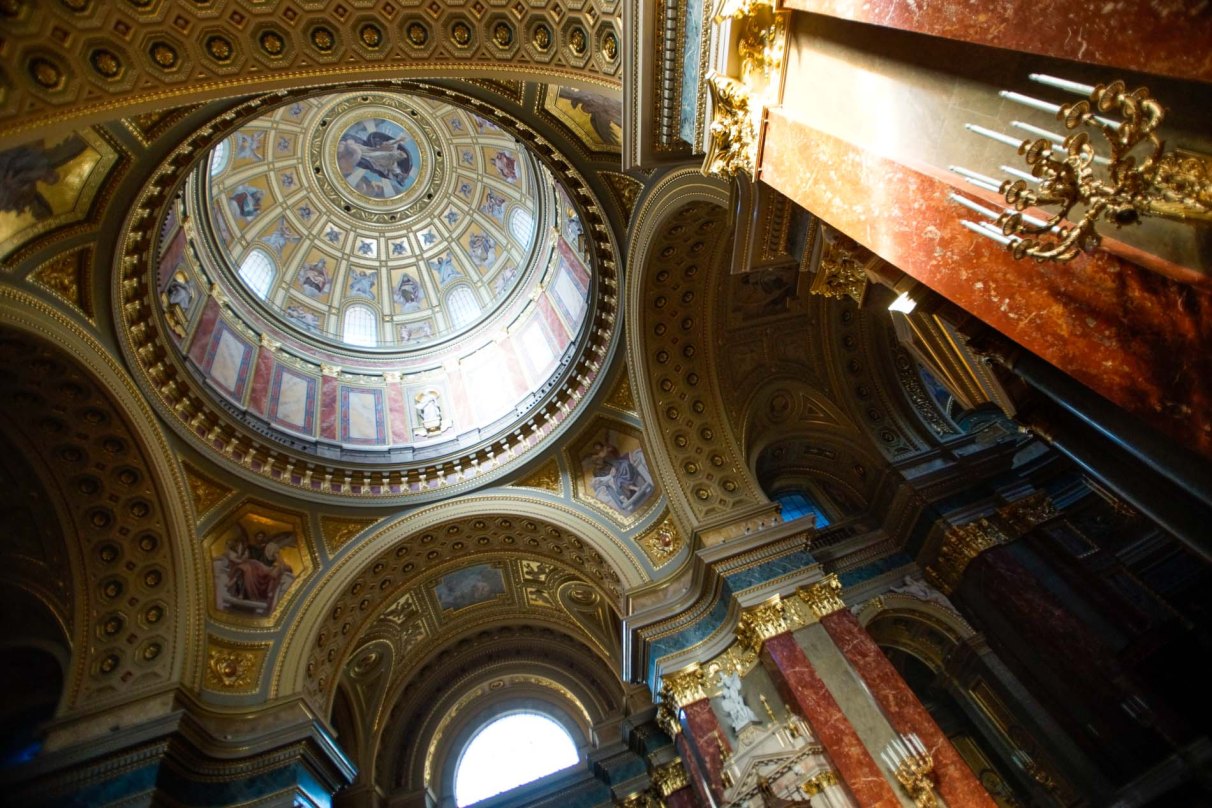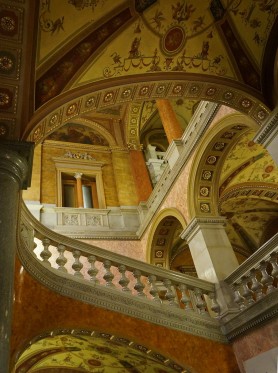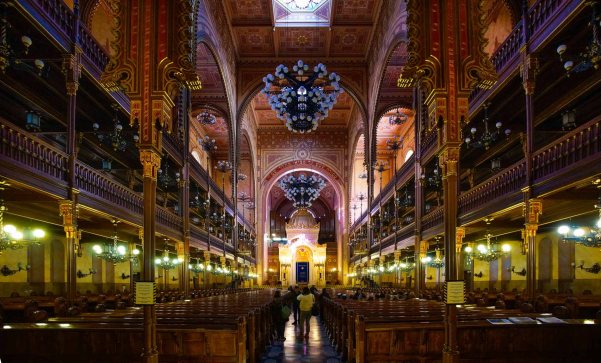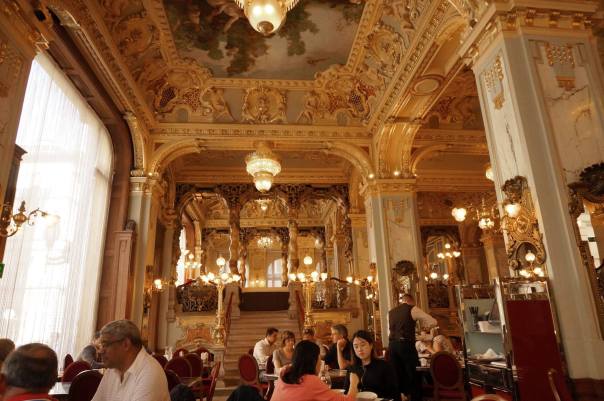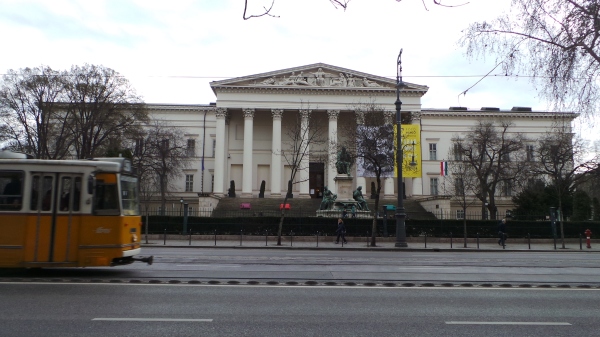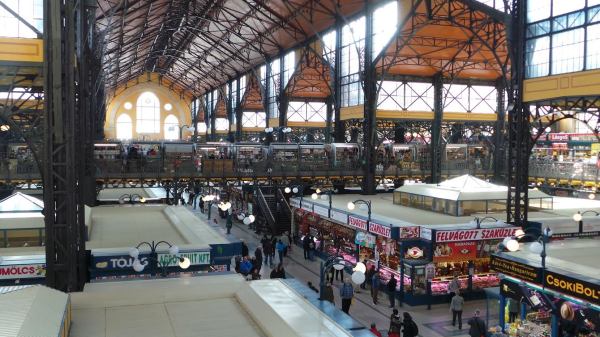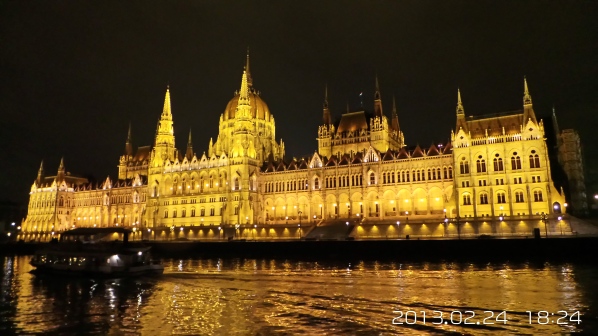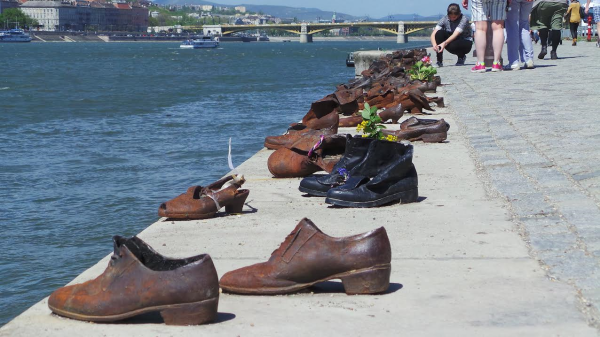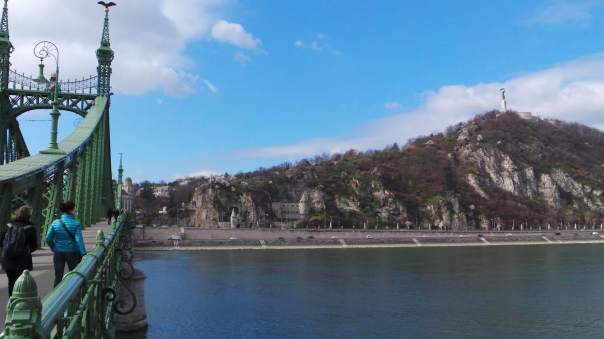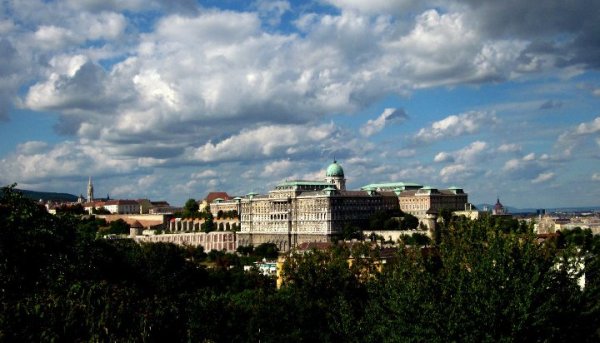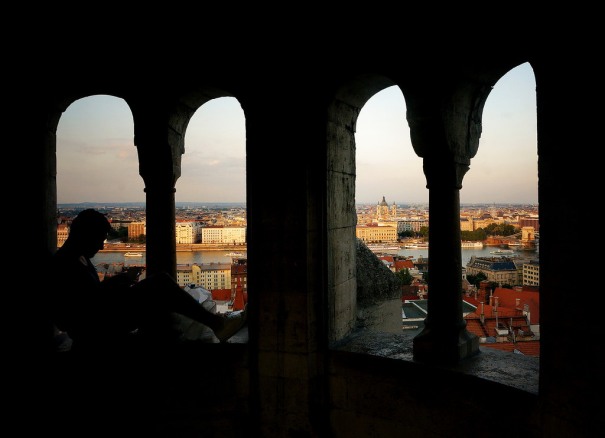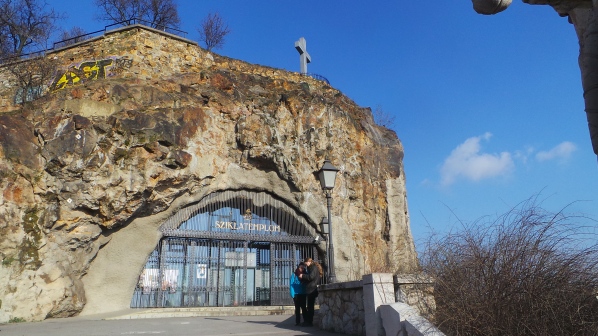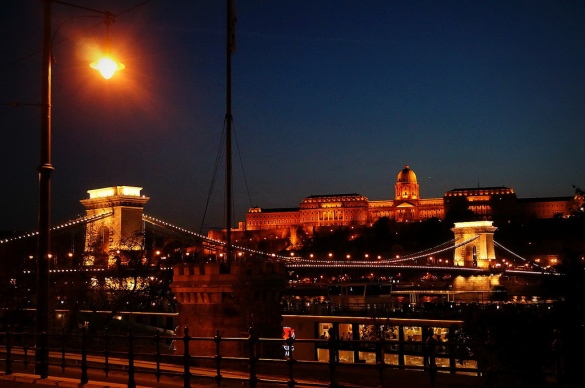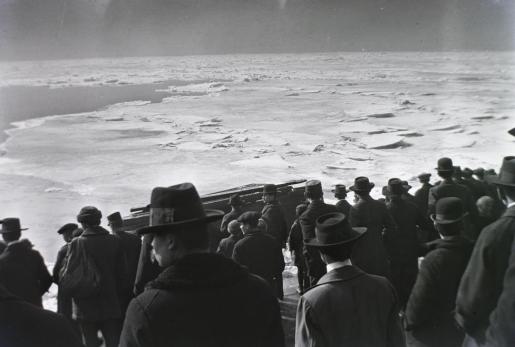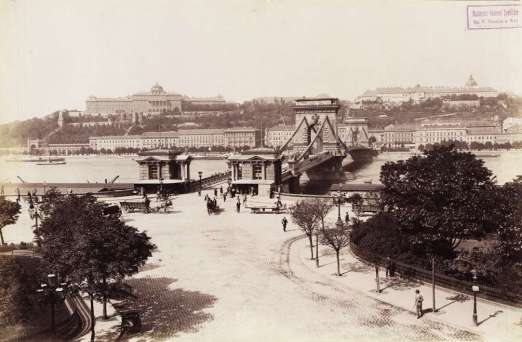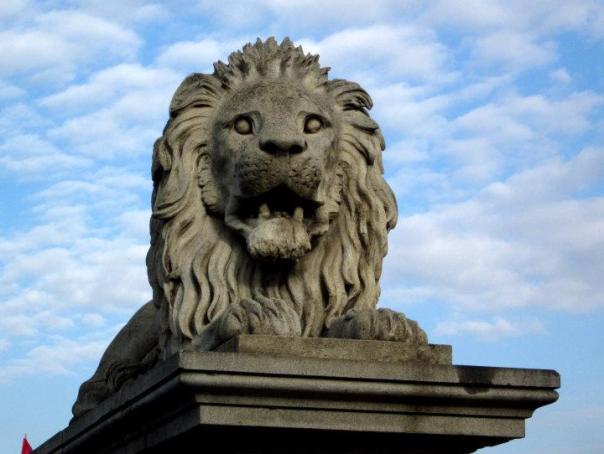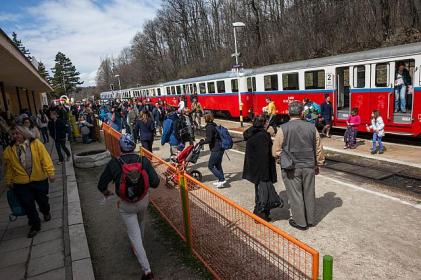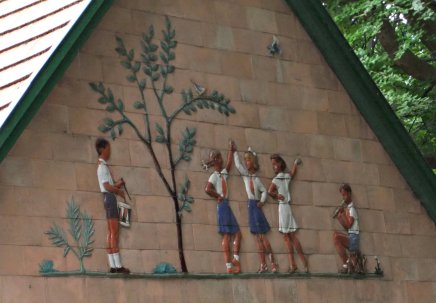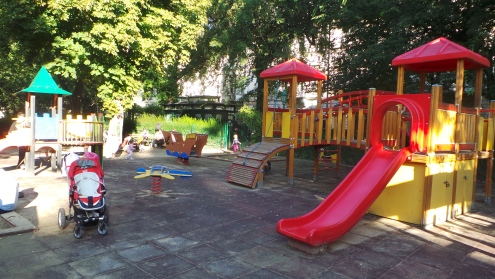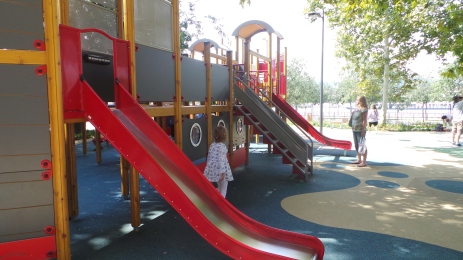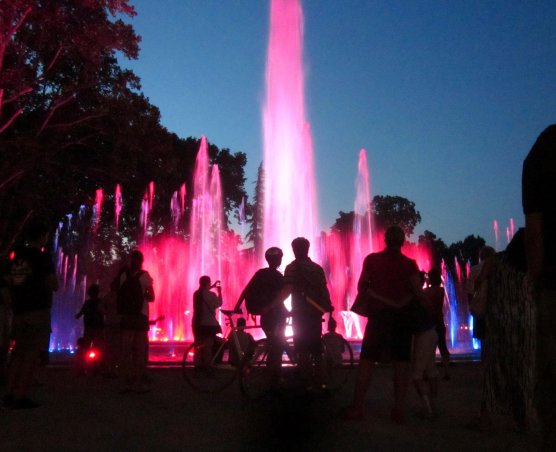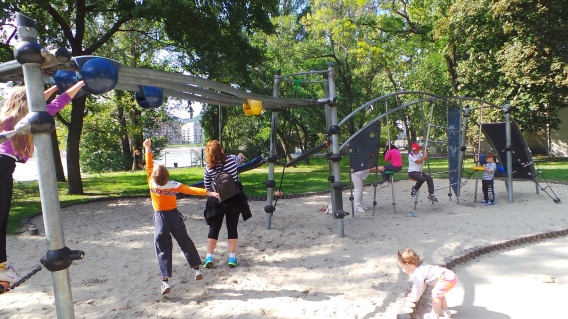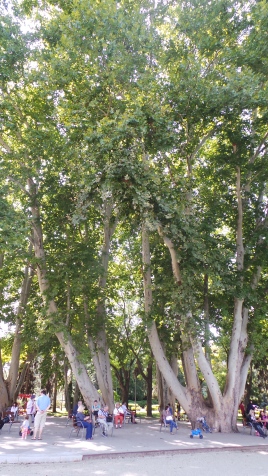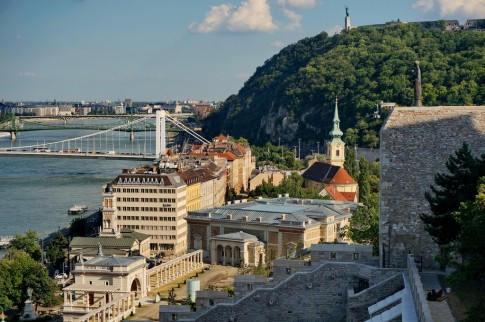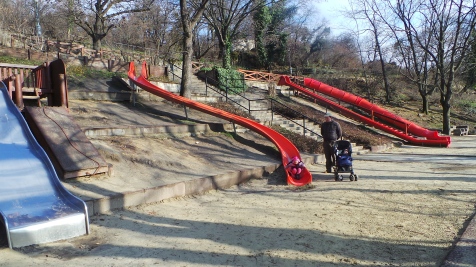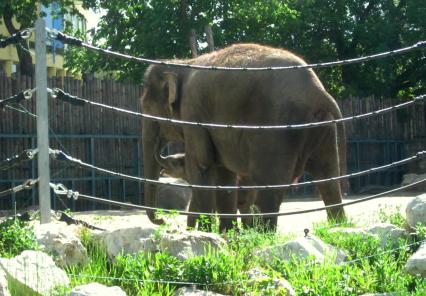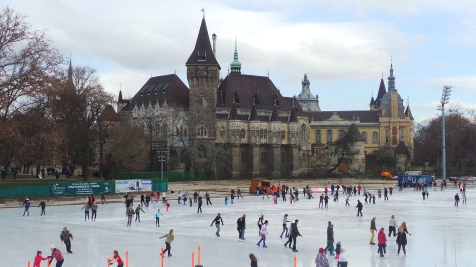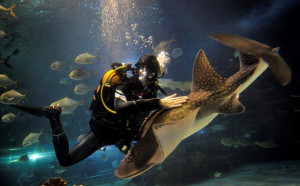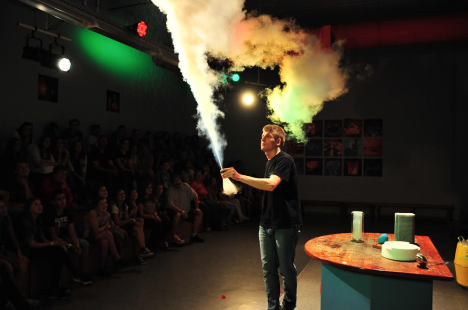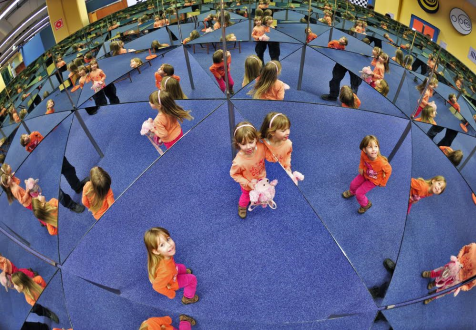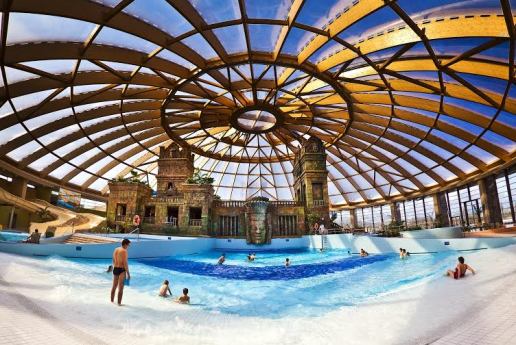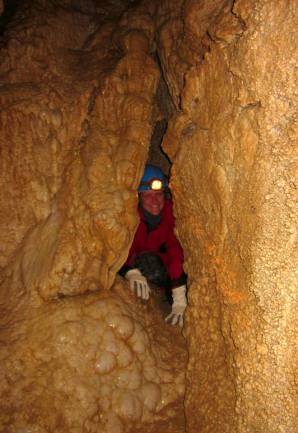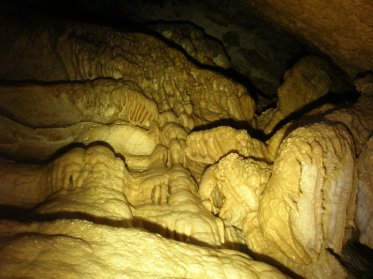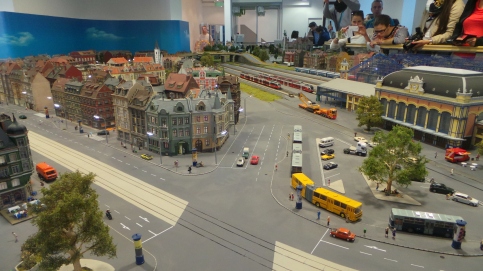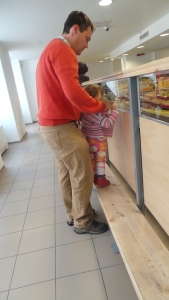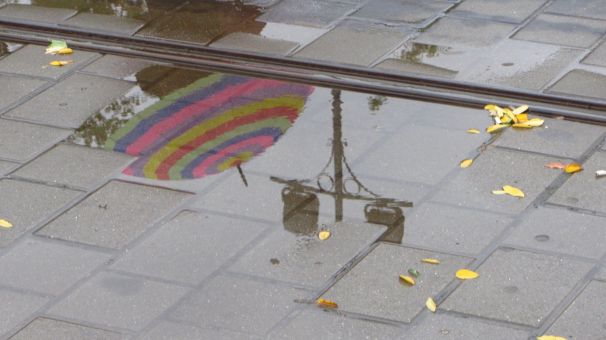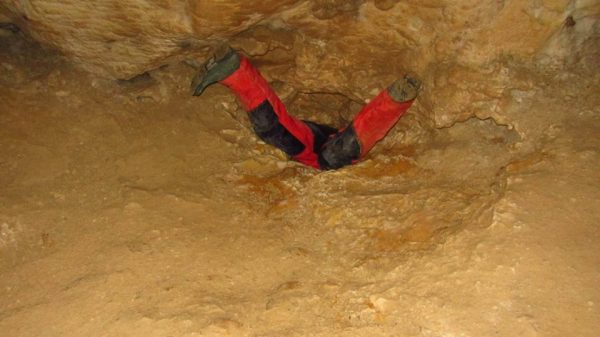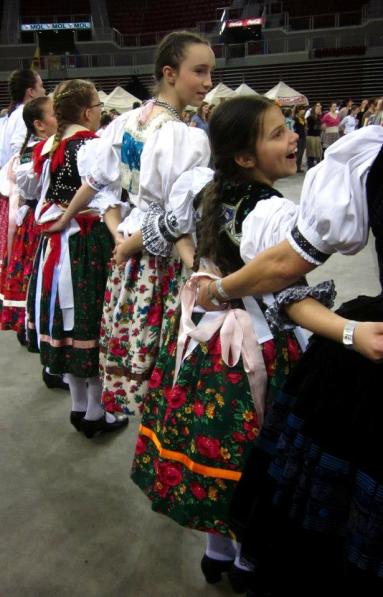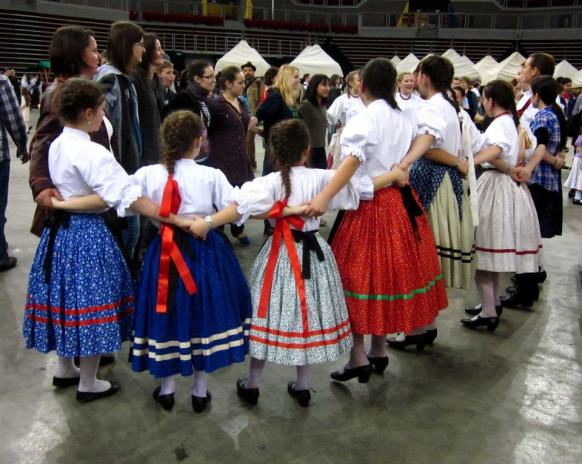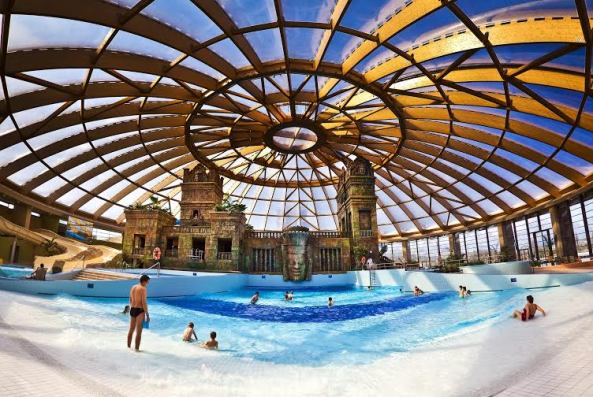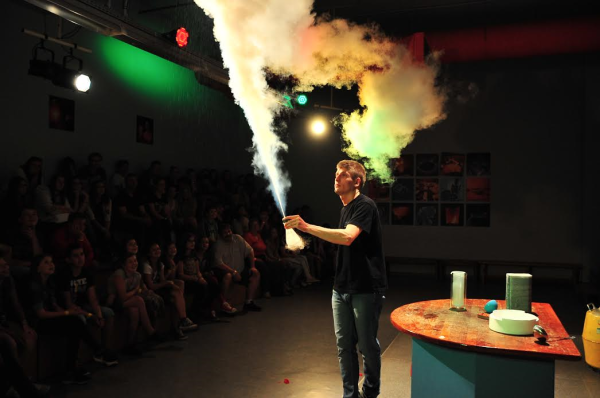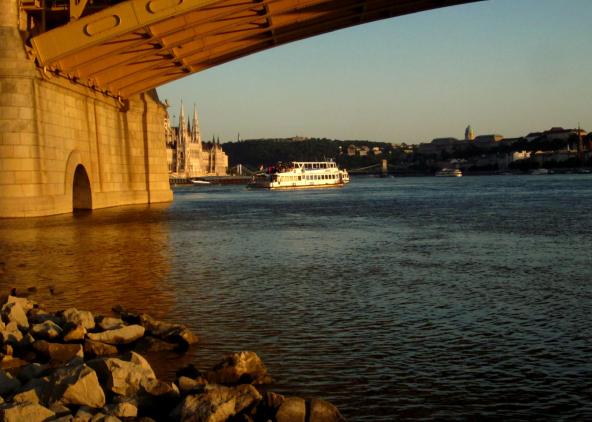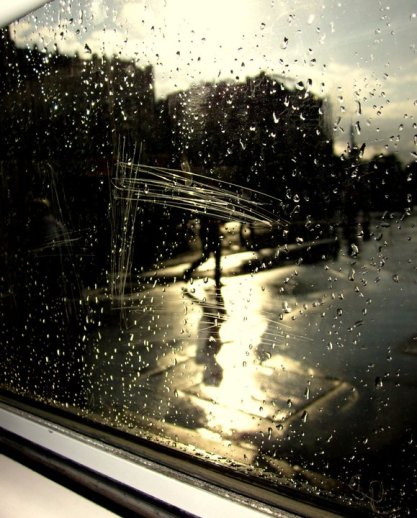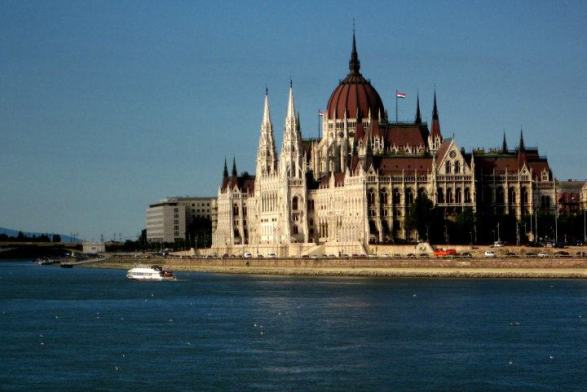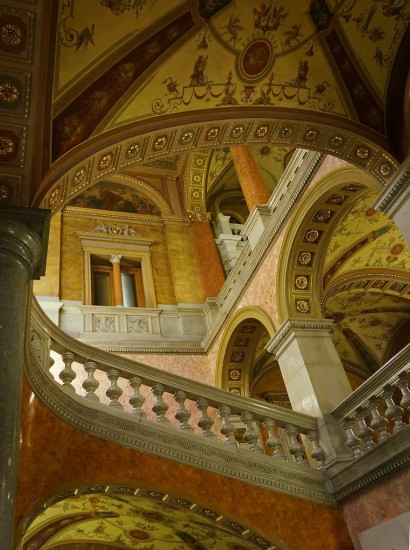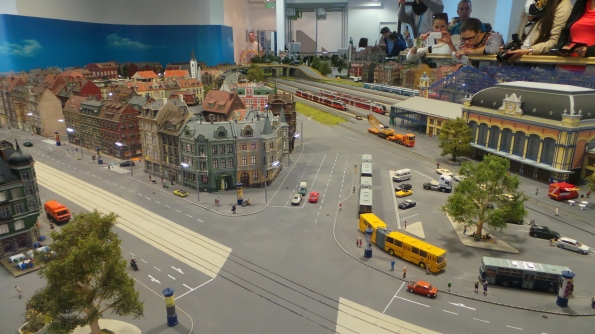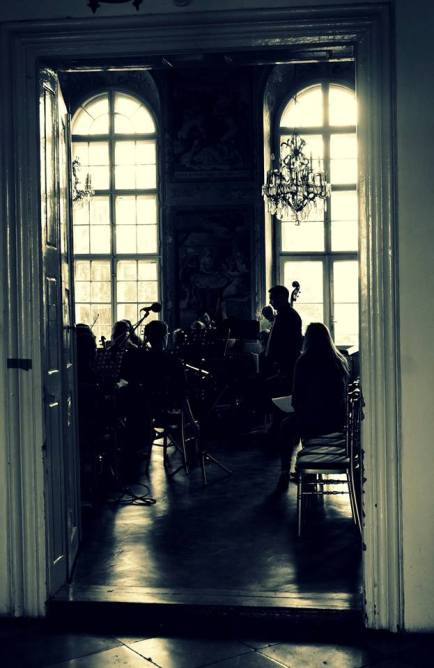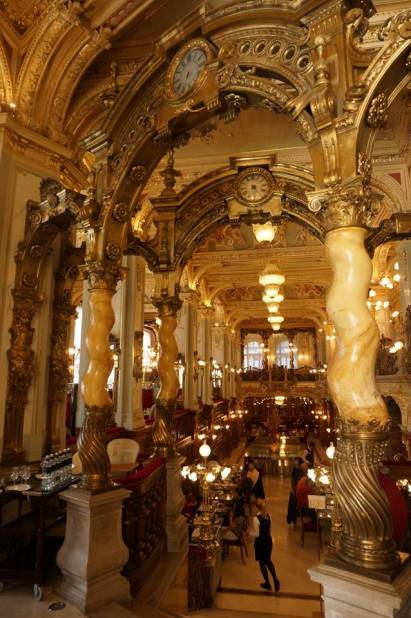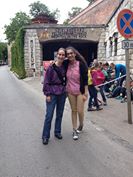Don’t let yourself be put off by the cold weather though as Budapest is far less packed this time of year, the prices are even more favourable than in the high season and there are some special winter activities that can’t be done at any other time.
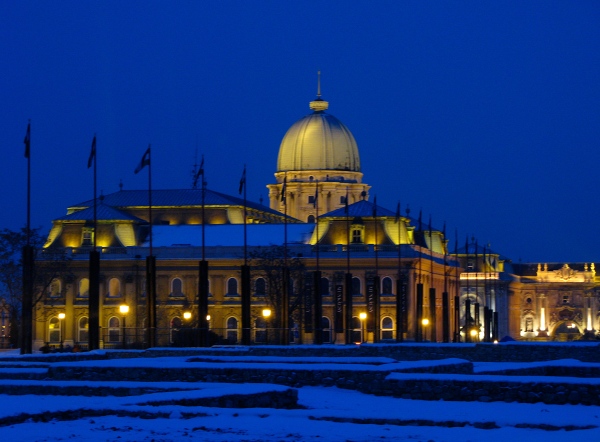
Royal Castle Photo: David Lillywhite, Flickr
Obviously wearing plenty of warm layers is strongly recommended if you visit in winter but if you start to get too chilly you can always pop into any of the numerous cafés or bars dotted around the city center where you can warm up your frozen fingers.
Or, if you prefer, there are more than 200 museums with a wide range of topics awaiting you which will also provide a warm hideaway from the cold.
During the winter months temperatures can easily fall below 0 degrees Celsius (32 Fahrenheit), even during the day, but it rarely dips below minus 10 degrees Celsius (14 Fahrenheit).
In the last decade the amount of snowfall has been decreasing so unfortunately there is a smaller chance to be able to admire charming Budapest in its typical romantic winter scene with a crisp layer of snow.
Christmas Markets
In you visit Budapest any time between mid-November and the beginning of January, you can be part of some lively outdoor scenes thanks to the Christmas markets in the city center. With the festive illuminations and the decorated shop windows the city really comes into its own around Christmas.
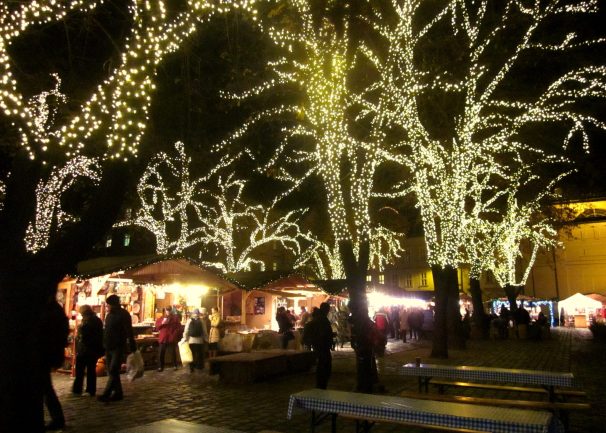
Winter Illumination, photo: my friend Bús Mónika
Enjoy the holiday mood and keep yourself warm while lingering among the wooden market stands. The three most famous markets are located in the city center quite close to each other.
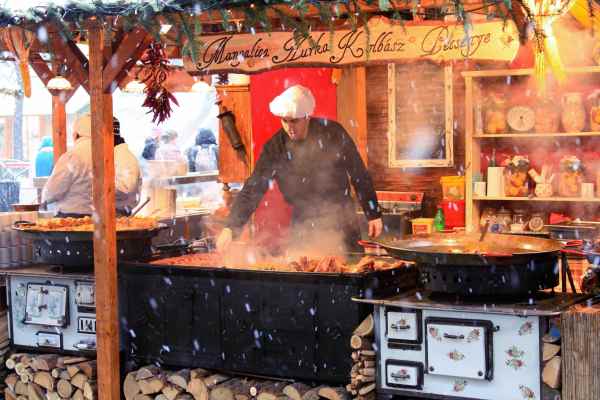
Winter Dishes Photo: Natures Fan, Flickr
Ice Skating
A remarkable winter activity is certainly gliding on the popular outdoor ice rink in the City Park (Városliget) just next to the impressive Heroes Square. The open air artificial ice rink is more than 140 years old and is overlooked by the spectacular Castle of Vajdahunyad, which provides a scenic background for the skaters.
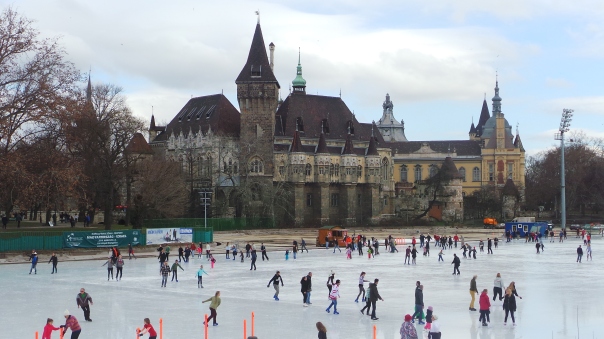
Ice Skating in Városliget (City Park) with Vajdahunyad Castle in the background, Photo: Virag
You can rent skates in the neo baroque building next to the rink for a fee and a deposit, but be aware that the rink closes in the early afternoon.
Opening hours from mid November till mid February:
Monday – Friday: 9 am-1 pm and 5 pm-9 pm
Saturday: 10 am-2 pm and 4 pm-9 pm
Sunday: 10 am-2 pm and 4 pm-8 pm
Other sites close to the ice rink are; Millennial Monument on Heroes Square, Museum of Fine Arts (lately closed because of renovation), Kunsthalle (Műcsarnok), Vajdahunyad Castle, Zoo and Széchenyi Bath
Thermal Baths
After the active ice skating in chilly weather who wouldn’t want to submerge themselves into hot thermal water and enjoy a more passive indulgence? In this case the most feasible option is Széchenyi Bath as it is a short 5 minute walk away from the ice rink.
It’s pretty amazing to sit in one of the outside pools when the temperature is low and the hot thermal water is steaming around you. Somehow it has a magical mystical charm and if you are lucky snowfall gives added value to the extraordinary experience.
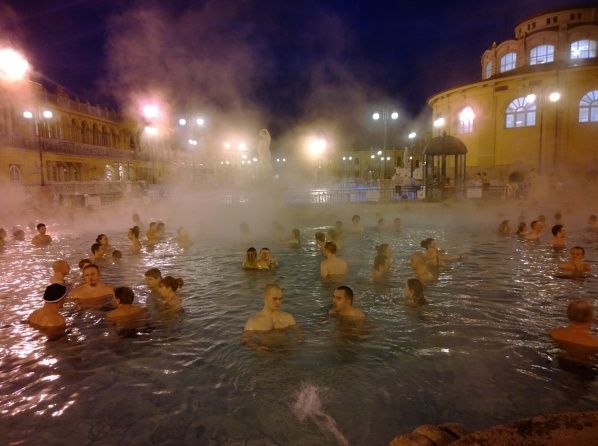
Széchenyi Bath in Colder Weather, Photo: Andy Nugent, Flickr
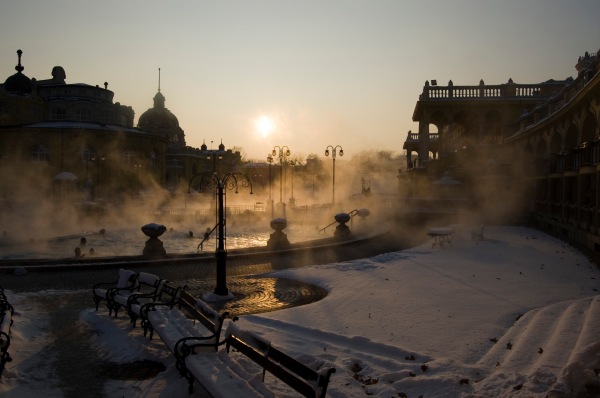
Széchenyi Bath with Snow, Photo: Philip Clifford, Flickr
Gellért and Rudas baths are also good options to get acquainted with local bathing culture.
Don’t forget your bathrobe, or to rent one, if you are one who feels the cold, as in some baths you have to walk a few meters in your swimsuit in the open air before you can plunge into some of the hot pools. Plastic sandles or flip flops are also recommended in winter time.
In Rudas a bathrobe or a bigger towel may come handy even more so as you have to take a few steps outside to reach the rooftop pool that offers an amazing view. It would be a pity if you missed out on that pool because of the chilly weather.
The thermal baths are open 365 days a year. Here you can read more about my three favourite ones.
Concerts, Ballet, Opera and Theater Performances in Winter Mood
In the Hungarian State Opera (Andrássy út 22) it is traditionally the Nutcracker ballet with the wonderful music of Tchaikovsky that is on almost every evening in December as well as some matinees. Book your tickets well in advance as there is a high demand for these performances.
On the first day of the year there is a New Year Concert held in the Opera House. It is best to book your tickets well ahead for this too.
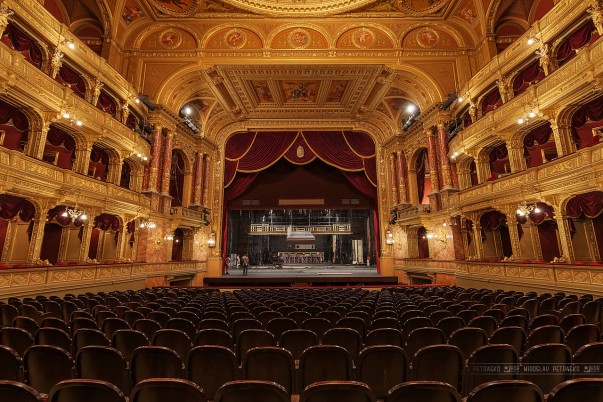
Hungarian State Opera House, Photo: Miroslav Petrasko http://www.hdrshooter.com
For musical and operetta lovers I suggest checking the program for the Operetta Theater (Budapesti Operettszínház – Nagymező utca 19) for seasonal performances.
For those who prefer classical music, you should take a look at the program for the Franz Liszt Music Academy (Liszt Ferenc tér 8). This institution pleases not just the ears but also the eyes. The beautifully designed and lavishly decorated Art Nouveau building is dedicated to music. About Art Nouveau architecture in Budapest more info here.
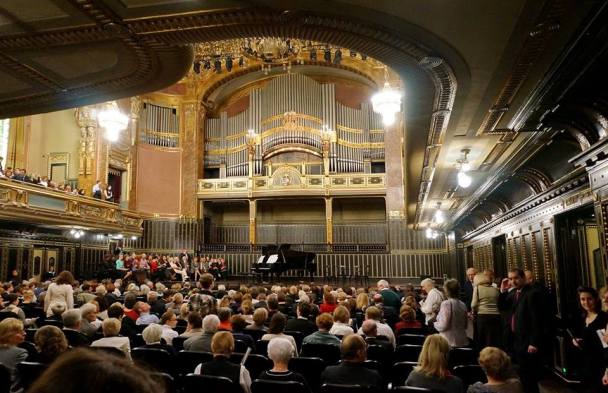
Main Hall of the Liszt Music Academy, photo: my cousin Mészöly Nóra
Organ concerts in the always gloomy Saint Stephen’s Basilica (Szent István tér 1.) are held four times a week all year round. You can reserve your tickets in advance or buy it at the cashier before the concert.
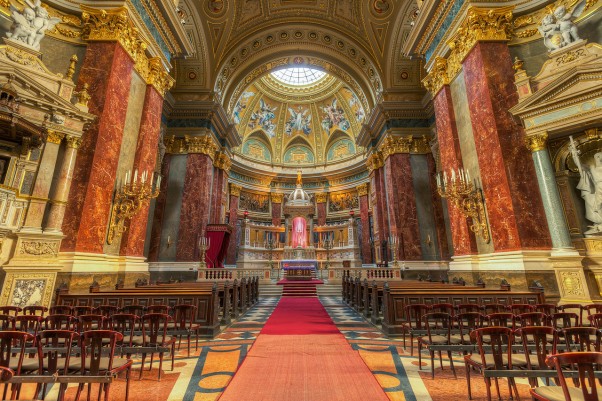
Saint Stephen’s Basilica, Photo: Miroslav Petrasko http://www.hdrshooter.com
The Basilica is one of the most significant churches in the country and is exceptionally rich artistically. Reliefs, statues, paintings and mosaics decorate the third highest building of Hungary.
These topics may also interest you:
18 Suggestions for What to Do in Budapest in Rainy Weather
What to Order in Restaurants in Budapest
About the authors: Virág and János
Virág, a native of Budapest, and János, who’s been living in the city since 1997 are real fans of the capital of Hungary and try to awake the enthusiasm of others. They are dedicated to helping tourists to make most out of their stay.
Here you can read more about them: http://katonaapartments.hu/

